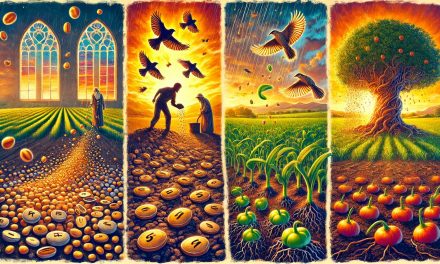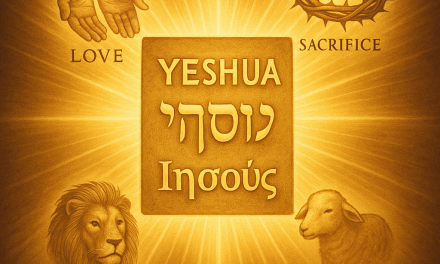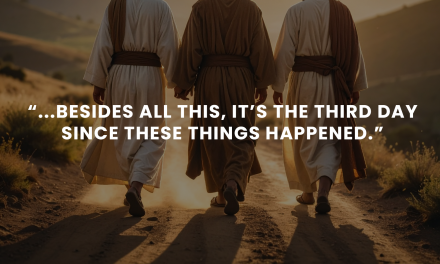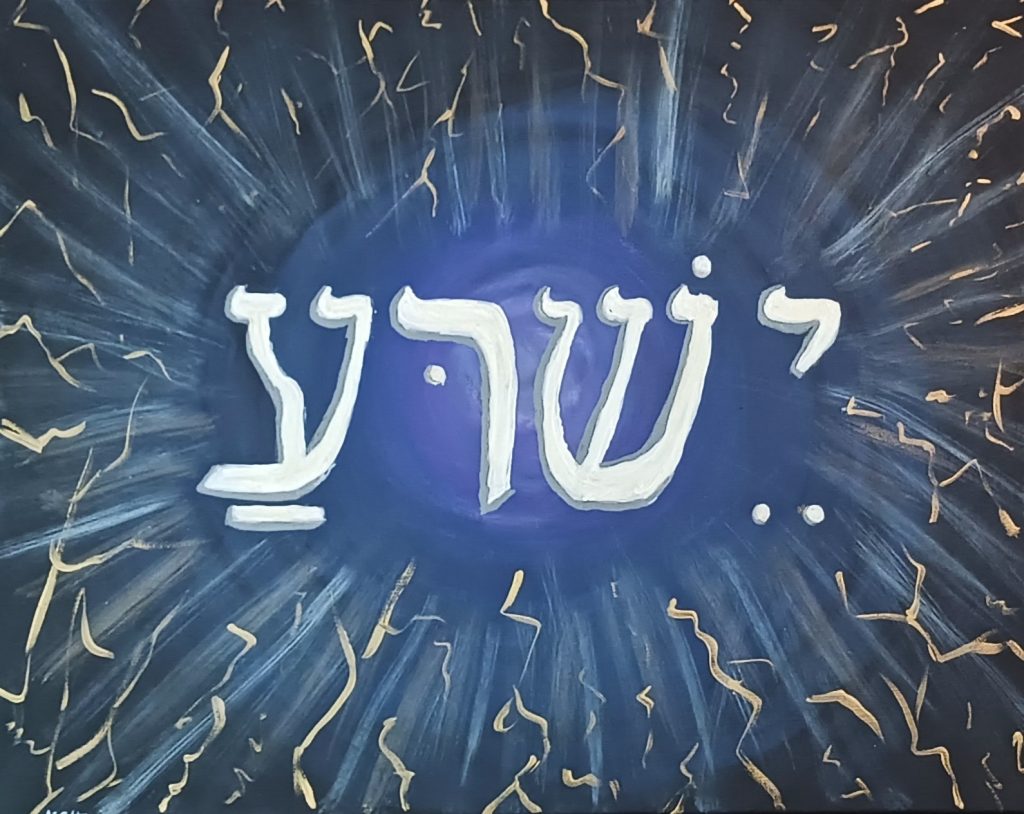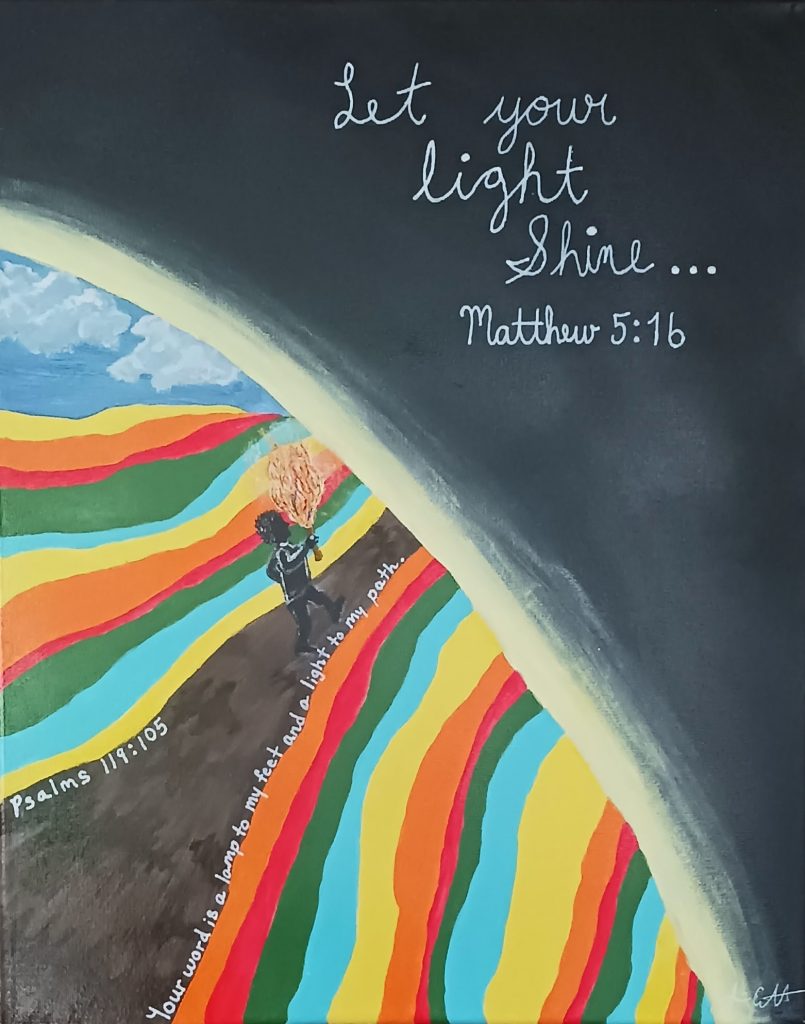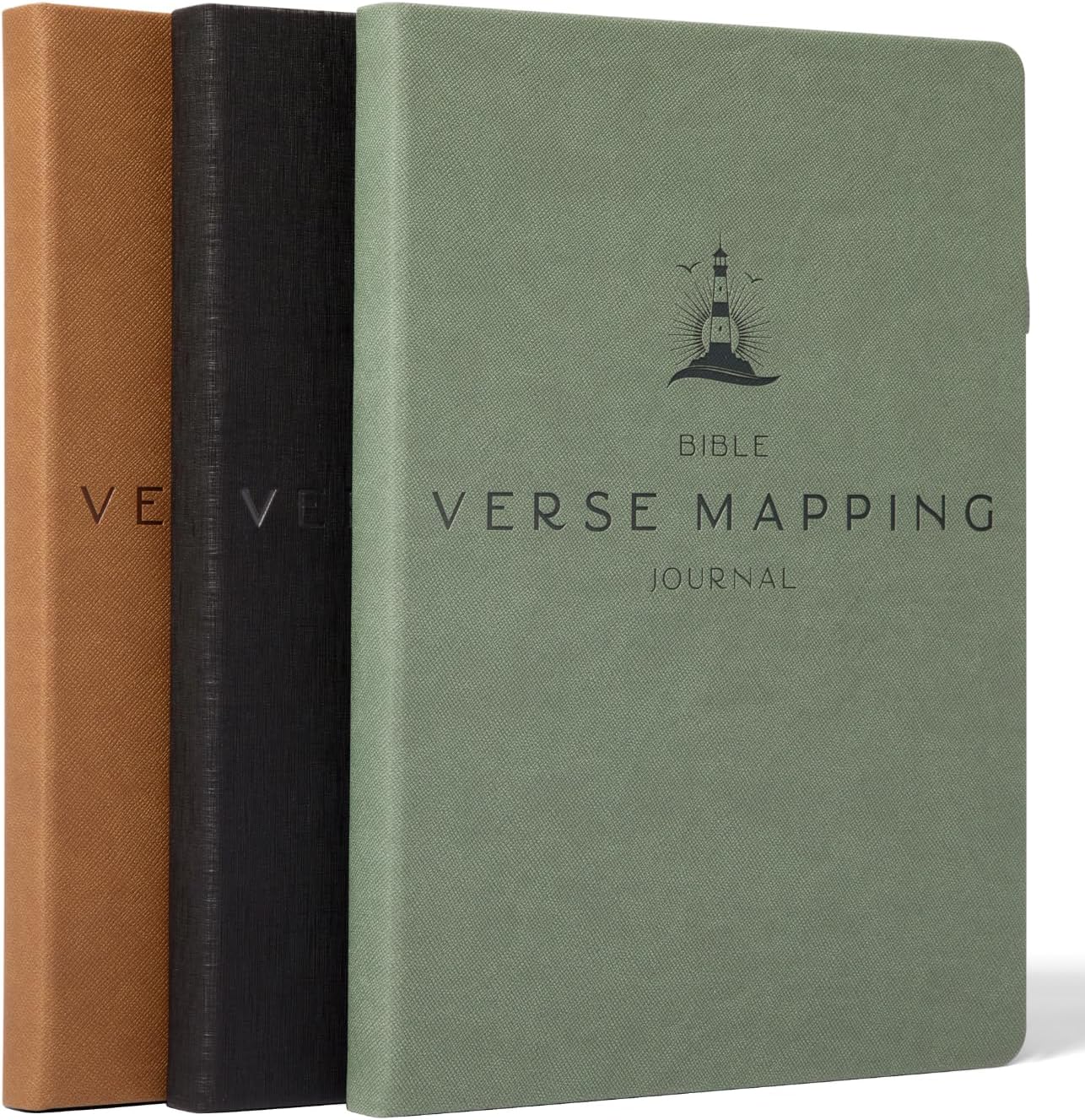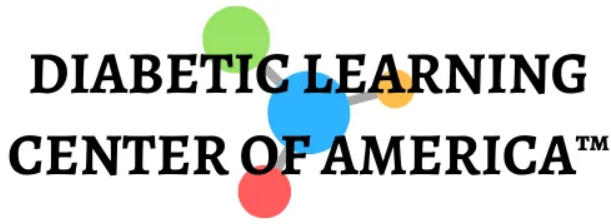1. The Institution of the Day of Atonement
- Leviticus 16:29–34 – “’“This is to be a permanent statute for you: In the seventh month, on the tenth day of the month you are to practice self-denial and do no work, both the native and the foreigner who resides among you. Atonement will be made for you on this day to cleanse you, and you will be clean from all your sins before the Lord . It is a Sabbath of complete rest for you, and you must practice self-denial; it is a permanent statute. The priest who is anointed and ordained to serve as high priest in place of his father will make atonement. He will put on the linen garments, the holy garments, and purify the most holy place. He will purify the tent of meeting and the altar and will make atonement for the priests and all the people of the assembly. This is to be a permanent statute for you, to make atonement for the Israelites once a year because of all their sins.” And all this was done as the Lord commanded Moses.’
- Leviticus 23:26–32 – “’The Lord again spoke to Moses: “The tenth day of this seventh month is the Day of Atonement. You are to hold a sacred assembly and practice self-denial; you are to present a fire offering to the Lord . On this particular day you are not to do any work, for it is a Day of Atonement to make atonement for yourselves before the Lord your God. If any person does not practice self-denial on this particular day, he must be cut off from his people. I will destroy among his people anyone who does any work on this same day. You are not to do any work. This is a permanent statute throughout your generations wherever you live. It will be a Sabbath of complete rest for you, and you must practice self-denial. You are to observe your Sabbath from the evening of the ninth day of the month until the following evening.”’
🔹 The Day of Atonement was commanded as a holy convocation, with fasting and rest from work. It was the one day a year the high priest entered the Most Holy Place.
2. The High Priest’s Role
- Leviticus 16:2 – “Tell Aaron your brother not to come at just any time into the Holy Place inside the veil… lest he die; for I will appear in the cloud above the mercy seat.”
- Leviticus 16:34 – “This shall be an everlasting statute for you, to make atonement for the children of Israel, for all their sins, once a year.”
🔹 Only the high priest could enter the Holy of Holies, foreshadowing Yeshua as our High Priest.
- Hebrews 9:7 – “But into the second part the high priest went alone once a year, not without blood, which he offered for himself and for the people’s sins committed in ignorance.”
- Hebrews 9:11–12 – “But Messiah came as High Priest of the good things to come… Not with the blood of goats and calves, but with His own blood He entered the Most Holy Place once for all, having obtained eternal redemption.”
3. The Sacrificial Animals and Their Meaning
- Leviticus 16:5 – “He shall take from the congregation of the children of Israel two kids of the goats as a sin offering, and one ram as a burnt offering.”
- Leviticus 16:8–10 – One goat was for the LORD (slain), the other was the scapegoat (Azazel), sent into the wilderness bearing the sins of Israel.
🔹 These two goats picture two aspects of atonement:
- The slain goat = Messiah’s death for sin.
- The scapegoat = sins removed and carried away.
- John 1:29 – “Behold! The Lamb of God who takes away the sin of the world!”
- Isaiah 53:6 – “The LORD has laid on Him the iniquity of us all.”
- Hebrews 13:11–12 – “For the bodies of those animals… are burned outside the camp. Therefore Yeshua also, that He might sanctify the people with His own blood, suffered outside the gate.”
4. Blood on the Mercy Seat
- Leviticus 16:14–15 – The high priest sprinkled the blood of the bull and goat on the mercy seat to make atonement.
- Hebrews 9:22 – “Without shedding of blood there is no remission.”
- Romans 3:25 – “God set forth [Messiah Yeshua] as a propitiation by His blood, through faith, to demonstrate His righteousness.”
🔹 The mercy seat foreshadowed Messiah’s blood applied before God, granting forgiveness.
5. Affliction of Soul
- Leviticus 23:27 – The people were to “afflict their souls.”
- Psalm 35:13 – “I humbled myself with fasting.”
- Isaiah 58:3–5 – Afflicting the soul is linked with fasting and repentance.
- Acts 27:9 – The Day of Atonement is called “the Fast.”
🔹 This points to humility and repentance before God.
6. Fulfillment in Messiah
- Hebrews 10:1–4 – The law had “a shadow of good things to come,” but animal sacrifices could not take away sins.
- Hebrews 10:10–12 – “We have been sanctified through the offering of the body of Yeshua Messiah once for all… He, after He had offered one sacrifice for sins forever, sat down at the right hand of God.”
- Hebrews 4:14–16 – We now have a great High Priest, Yeshua, who gives us boldness to approach the throne of grace.
7. Connection to the Book of Revelation
- Revelation 1:5–6 – Yeshua “loved us and washed us from our sins in His own blood, and has made us kings and priests to His God and Father.”
- Revelation 7:14 – “These are the ones who… washed their robes and made them white in the blood of the Lamb.”
- Revelation 11:19 – “Then the temple of God was opened in heaven, and the ark of His covenant was seen in His temple.”
- Revelation 15:5–6 – “The temple of the tabernacle of the testimony in heaven was opened… and out of the temple came the seven angels having the seven plagues.”
🔹 The heavenly temple imagery connects back to the Day of Atonement, showing Messiah as High Priest and Judge.
- Revelation 20:11–12 – Final judgment, when all stand before the throne, connects to the cleansing of sin and separation of the righteous from the wicked foreshadowed in the Day of Atonement.
8. The Final Fulfillment
- Zechariah 12:10 – “They will look on Me whom they pierced; they will mourn for Him as one mourns for an only son.”
- Romans 11:26–27 – “The Deliverer will come out of Zion, and He will turn away ungodliness from Jacob; for this is My covenant with them, when I take away their sins.”
- Revelation 21:3–4 – God dwells with His people, wipes away all tears, and removes sin forever.
🔹 The Day of Atonement ultimately points to the final cleansing of God’s people and eternal fellowship with Him.
Conclusion
The Day of Atonement was a shadow (Colossians 2:16–17) fulfilled in Messiah Yeshua:
- He is the High Priest who entered the true Holy of Holies (Hebrews 9:11–12).
- His blood atones for our sins (Romans 3:25).
- He is both the slain sacrifice and the one who removes our sins (Isaiah 53:6, John 1:29).
- Revelation reveals the heavenly temple and the final judgment where His atonement is fully realized, cleansing God’s people forever.
Views: 2
